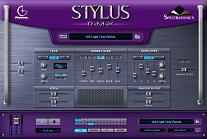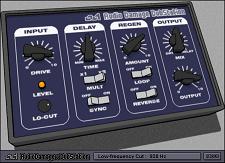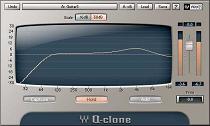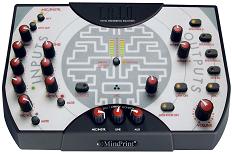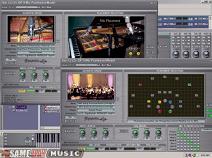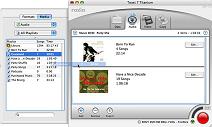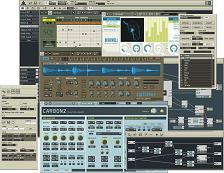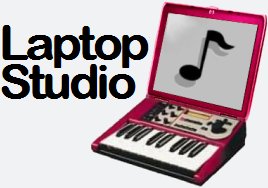Groove Analogizer audio controlled drum machine
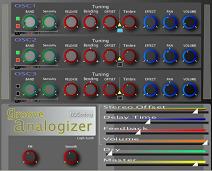
Groove Analogizer is an “audio controlled drum synthesizer” from NUSofting. I like this idea. Instead of a VST instrument triggered by MIDI notes, it’s loaded as a VST effect — audio goes in, and drums come out with timing based on the input. One of the many fun things you could do with this is use a human beatbox as the trigger — nod your head and say “boom chikka chikka ah boom” into the mic, run it through Groove Analogizer, and out comes a synth drum pattern.
Their website explains that “audio controlled drum synthesizer”, means that “like a vintage electronic drum tone generator (e.g. Simmons) the percussion sound is triggered by an audio input, not by a MIDI message. This also means that you must not load, in the host, Groove Analogizer as a VST instrument, it loads as a VST effect, usually in an insert slot.”
And full details on the actual sound generators in this plugin are on the website too. The rest of the explanation goes like this: It’s really a synth: the sound of three oscillators is triggered and shaped by the audio input in many ways.
How triggering works in Groove Analogizer: a trigger can be any kind of percussive sound, both mono or stereo, it can be a wav file ot another VST instrument. (percussive means: with fast attack time and fast or moderate decay/release time)
For each of the three generators you can choose left, right or left+right input, input can be both mono or stereo, then a band pass filter allows you to select (coarse and fine) which frequency range of the audio source will be used for triggering, this way you can separate hi, mid and low tones in the audio input, allowing you to isolate different trigger patterns from the same complex audio source (e.g. you can input a full drums loop and select snare for trigger 1, bass drum for trigger 2 and hihat for trigger 3). Groove Analogizer also features Pre-Listening (PL button), so that you can monitor which part of the source is selected as trigger.
Another control at the input named Sensivity allows to fine select the loudest triggers filtered by the band pass. So that you may include ghost notes or avoid them.

